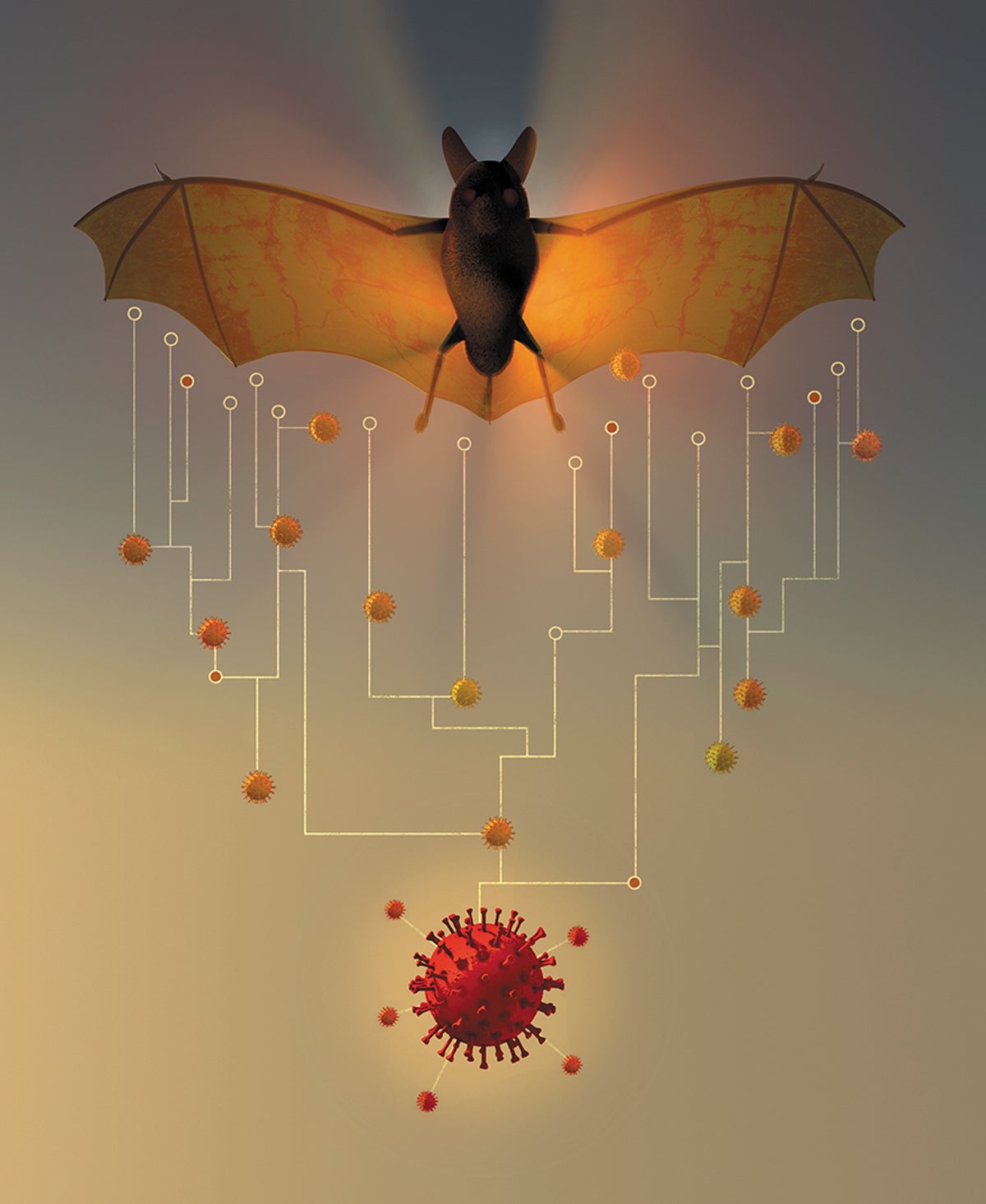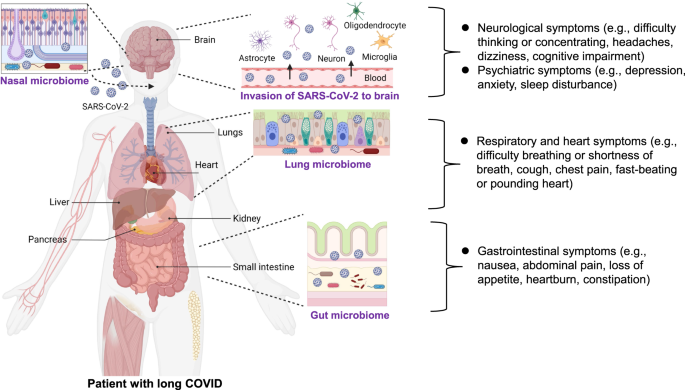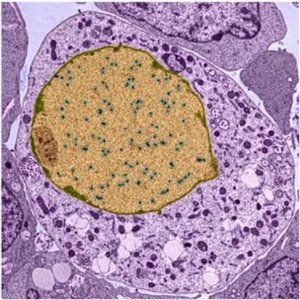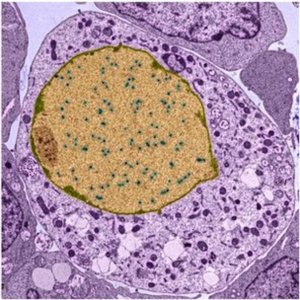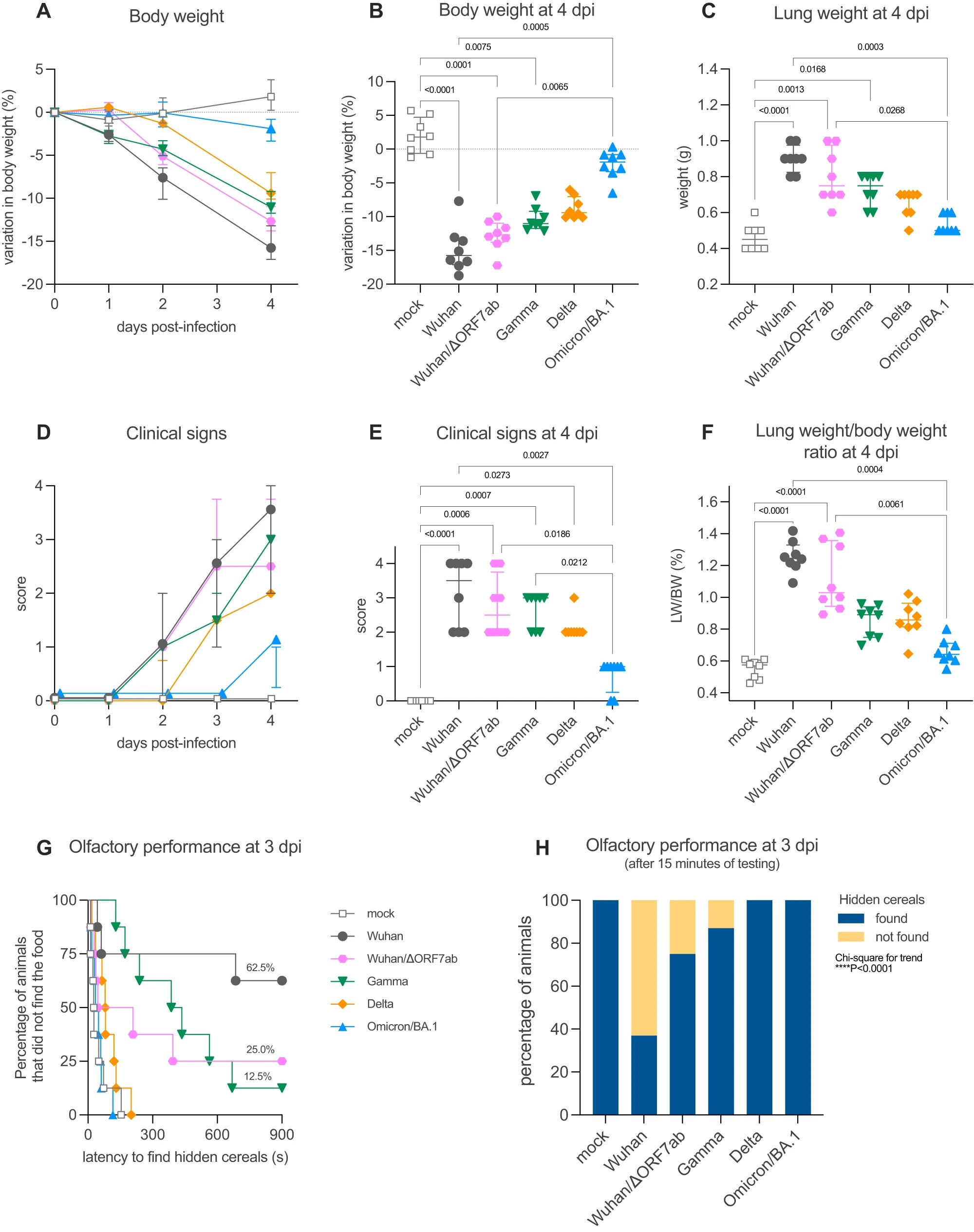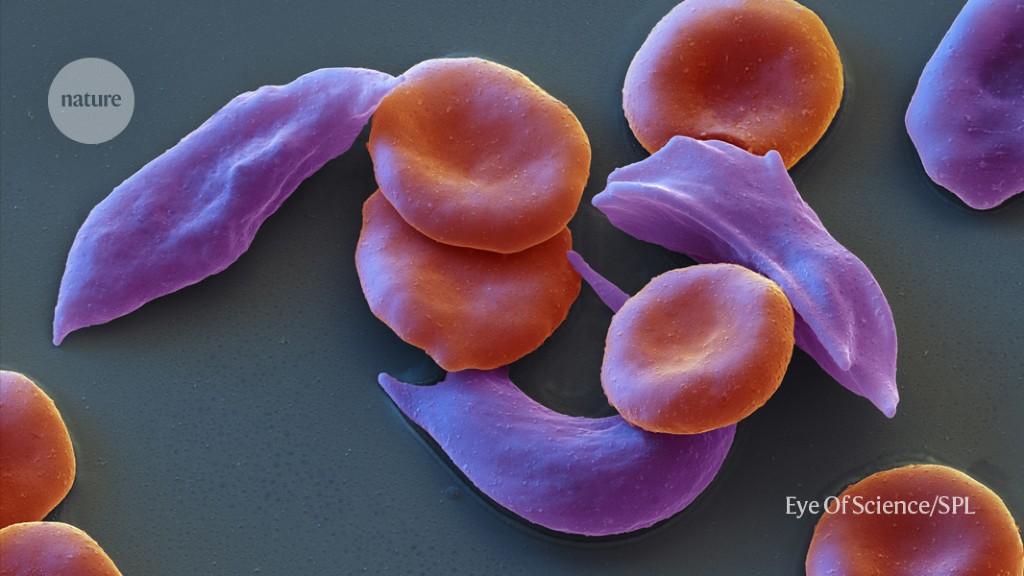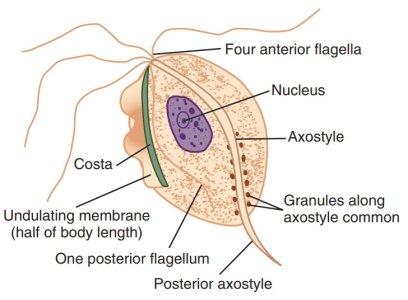- May 11, 2008
- 22,551
- 1,470
- 126
Hi Gibson, i read something interesting that may have a strong implication on how to handle in the future autoimmune diseases.
As it turns out, the inoculation against measels may have prevented humanity from overlooking a perhaps ancient practice which we now only see in the movies as magic but is just a very smart trick of healing in sequence and that the enemy of my enemy is my friend for a moment : The measels.
As it turns out, by accident Dutch researchers and English researchers sort of stumbled on something in the dutch biblebelt where measle vaccination does not occur.
The children had a very weird symptom after healing from the measles infection. They lost there memory cells for previously encoutered diseases. And that may be interesting to counter auto immune diseases acquired through molecular mimicry.
The dutch Amsterdam UMC and Wellcome Sanger Institute in Cambridge is researching it since 2019. It is in dutch, so you have to translate.

 amsterdamumc.org
amsterdamumc.org
"
Not only do people get sick from measles, the virus also has a major impact on the immune system of patients. This increases the chance of another illness after the children have measles. Researchers from Amsterdam UMC and the Wellcome Sanger Institute in Cambridge have mapped out how the measles virus paralyzes the immune system. They will publish Thursday in Science Immunology.
"
Why do i come up with ancient practice that we only see in movies ?
Well, let's think of the following scenario : Sometimes sick people where brought to a healer. The healer gave them something, a potion that fights the disease but the potion also will kill them. So after killing the disease, the potion must be neutralized...
Perhaps many diseases can be cured that way as when i was talking with my friend in the gym ,we talked about how certain parasites fight of other parasites...
What is your take on it ?
As it turns out, the inoculation against measels may have prevented humanity from overlooking a perhaps ancient practice which we now only see in the movies as magic but is just a very smart trick of healing in sequence and that the enemy of my enemy is my friend for a moment : The measels.
As it turns out, by accident Dutch researchers and English researchers sort of stumbled on something in the dutch biblebelt where measle vaccination does not occur.
The children had a very weird symptom after healing from the measles infection. They lost there memory cells for previously encoutered diseases. And that may be interesting to counter auto immune diseases acquired through molecular mimicry.
The dutch Amsterdam UMC and Wellcome Sanger Institute in Cambridge is researching it since 2019. It is in dutch, so you have to translate.

Hoe mazelen het immuunsysteem wist
Mensen worden niet alleen ziek van mazelen, het virus houdt ook flink huis in het immuunsysteem (afweersysteem) van patiënten, zeggen onderzoekers van Amsterdam UMC.
"
Not only do people get sick from measles, the virus also has a major impact on the immune system of patients. This increases the chance of another illness after the children have measles. Researchers from Amsterdam UMC and the Wellcome Sanger Institute in Cambridge have mapped out how the measles virus paralyzes the immune system. They will publish Thursday in Science Immunology.
"
Why do i come up with ancient practice that we only see in movies ?
Well, let's think of the following scenario : Sometimes sick people where brought to a healer. The healer gave them something, a potion that fights the disease but the potion also will kill them. So after killing the disease, the potion must be neutralized...
Perhaps many diseases can be cured that way as when i was talking with my friend in the gym ,we talked about how certain parasites fight of other parasites...
What is your take on it ?
Last edited:











